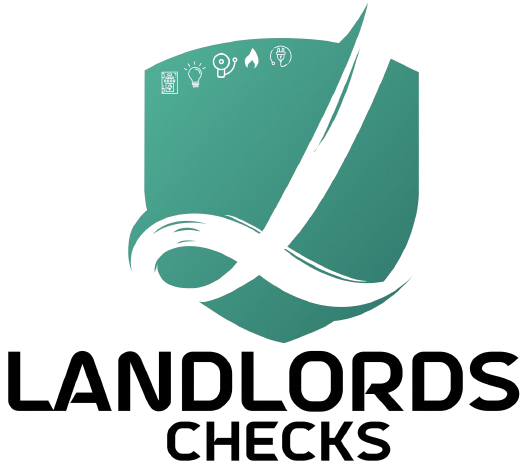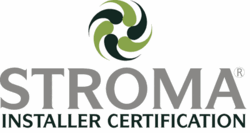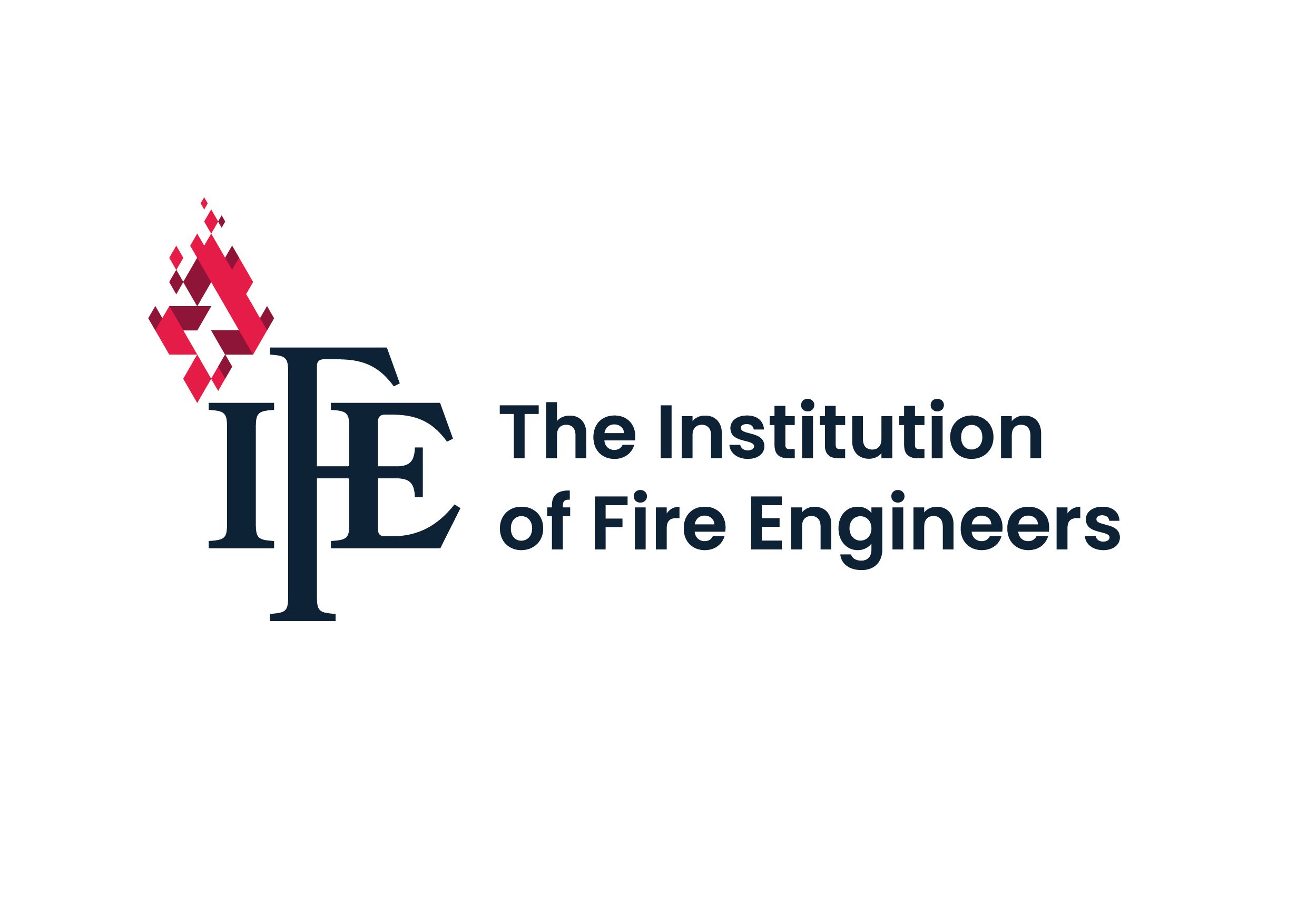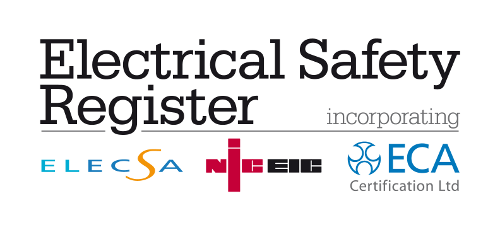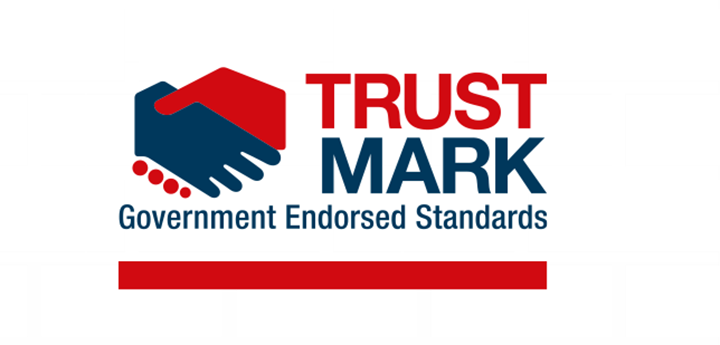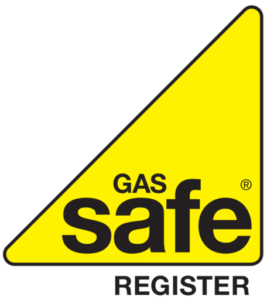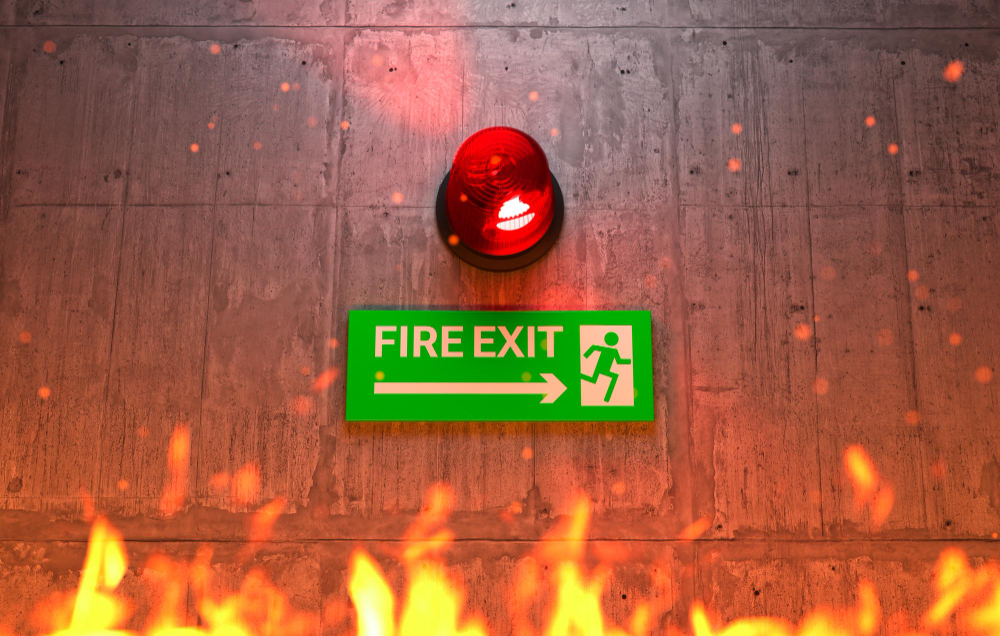For landlords and homeowners in London, properly installing carbon monoxide (CO) alarms is crucial for ensuring the safety of occupants. Carbon monoxide is a colorless, odorless, and potentially deadly gas. Here’s a guide on where to install CO alarms to maximize their effectiveness.
Install CO alarms outside of each separate sleeping area in the immediate vicinity of the bedrooms. This ensures that alarms are loud enough to wake occupants if they are asleep. The International Association of Fire Chiefs recommends a CO detector on every floor of your home, including the basement. Detectors should be located within 10 feet of each bedroom door. Place a detector near or over any attached garage. Do not install CO detectors directly above or beside fuel-burning appliances, such as fireplaces or stoves. A detector should not be placed within fifteen feet of heating or cooking appliances or in or near very humid areas such as bathrooms. CO alarms can be located on the wall, ceiling, or other location as specified in the installation instructions. The United States Environmental Protection Agency (EPA) recommends placing a carbon monoxide detector on a wall about five feet above the floor or about eye level.
Always make sure to read the provided installation manual for each detector before installing. Regularly check battery-operated detectors. Install them away from the kitchen, bathroom, sunny spots, or open windows since humidity could interfere with the sensors. If you require a CO alarm for a new residence, the detector should be interconnected so that when one goes off, they all go off. (Check your state requirements.)
Common sources of CO include boilers, camping stoves, water heaters, furnaces or chimneys, clothes dryers, central heating systems, generators or other gas-powered items like grills or lawn equipment, fireplaces, gas stoves and ovens, wood stoves, automobiles, and open fires.
Make sure appliances are installed and operated according to the manufacturer’s instructions. Have the heating system, chimney, and vents inspected and serviced annually. Examine vents and chimneys regularly for improper connections, cracks, rust, or stains.
By following these guidelines, you can ensure the proper placement of carbon monoxide alarms, protecting your property and its occupants from the dangers of carbon monoxide poisoning.
For more information on gas safety inspections and to ensure your property complies with all regulations, consider our Carbon Monoxide Alarm services. We can help you maintain a safe living environment for your tenants.


193 Reviews
